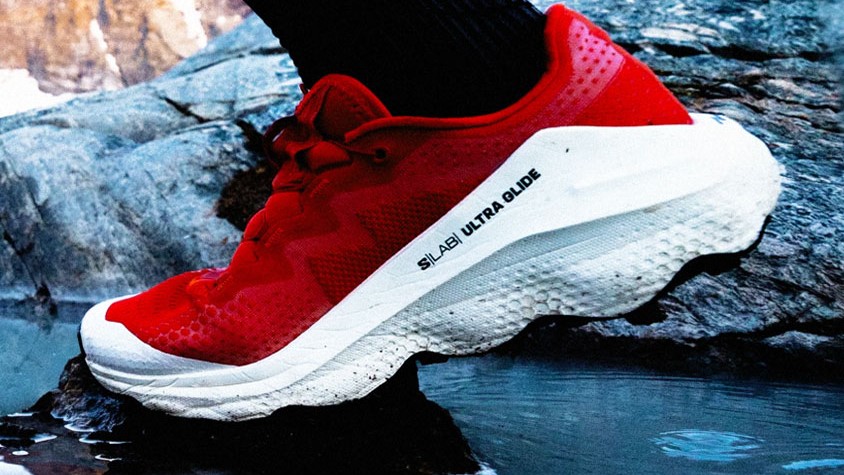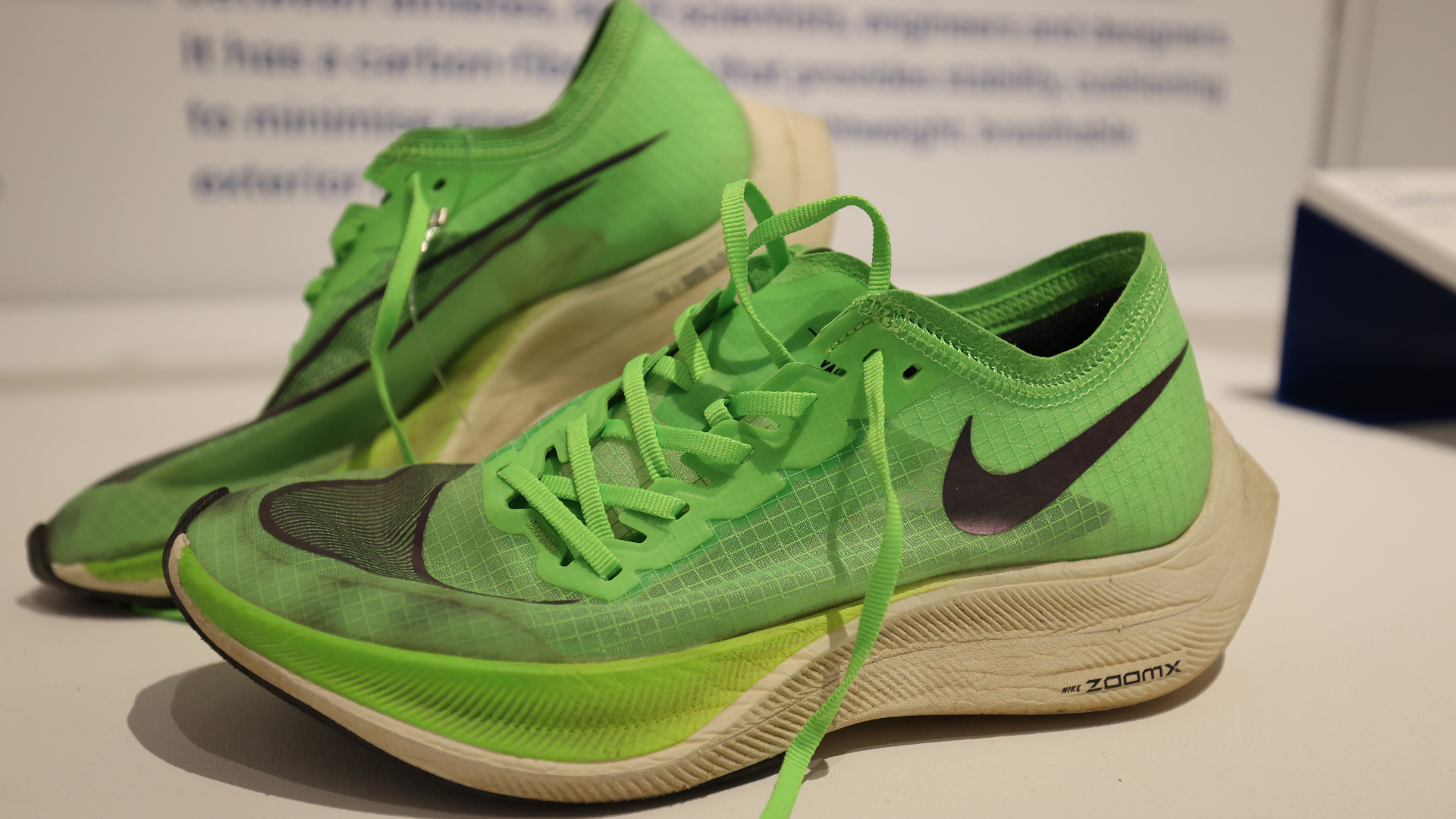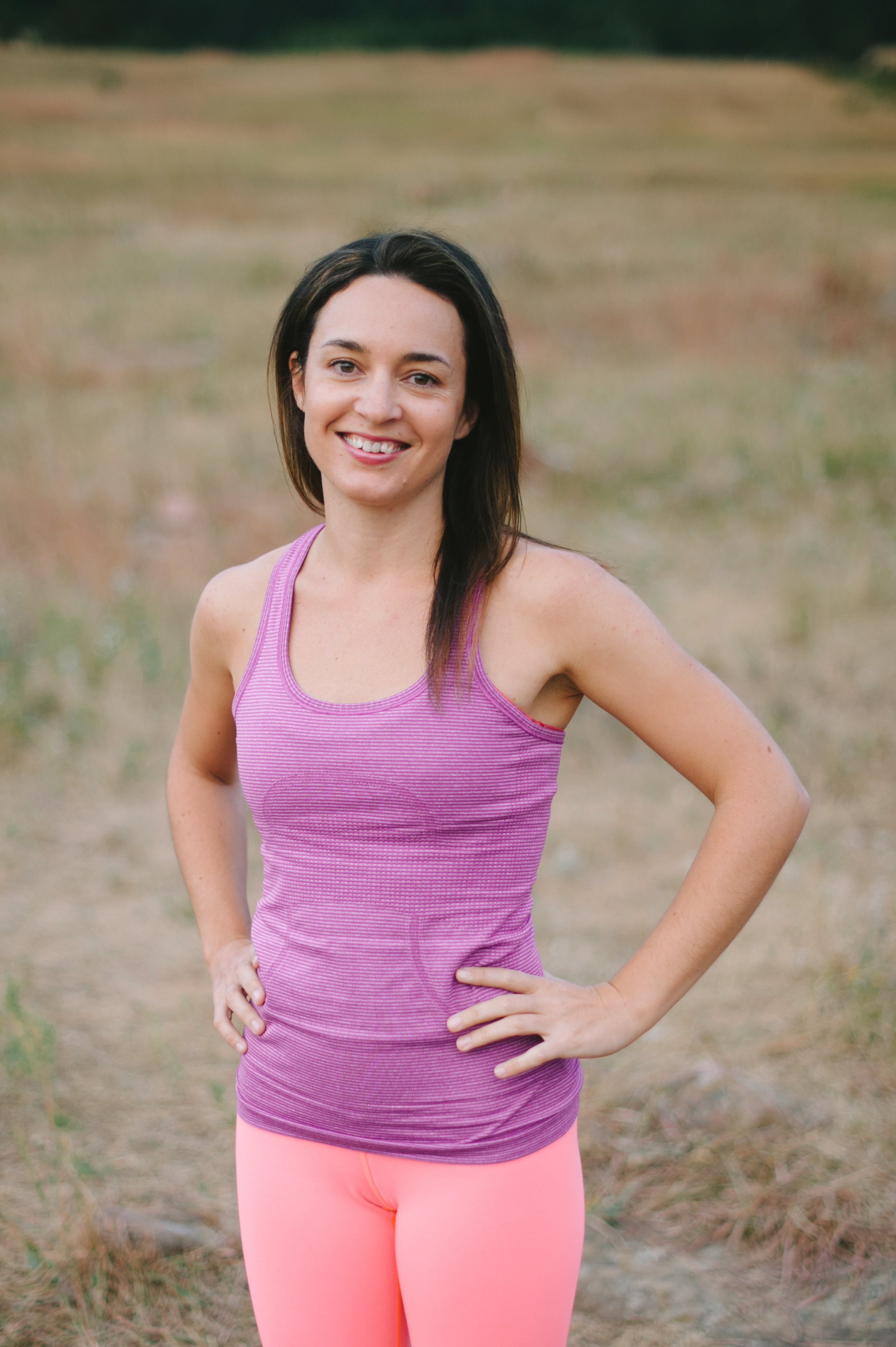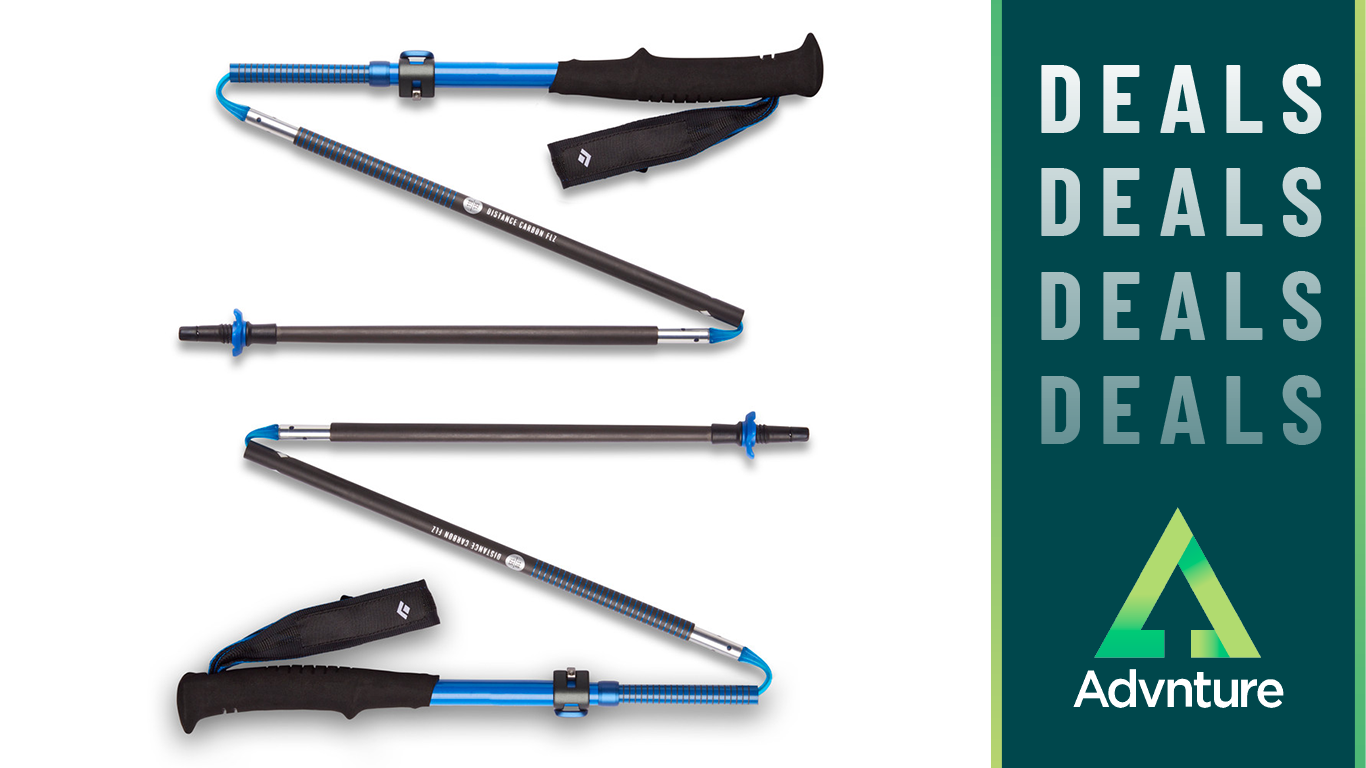Hey trail runners: those carbon plates in your running shoes might be holding you back, says new Salomon study
Are carbon plates really the future of trail shoes?

When Salomon released its new S/Lab Ultra Glide trail running shoe earlier this month, we noticed straight away that it was devoid of a carbon plate – something that's increasingly found in elite trail shoes like The North Face Vectiv Pro and Hoka Tecton X 3. Now, a new study conducted by two Salomon employees suggests that carbon-plated running shoes may have no added benefit for trail runners, and could even hinder performance.
The study, which was published last month in Footwear Science, was carried out by Clément Jaboulay and Marlene Giandolini who work in the French running brand's Sports Innovation Lab.
The pair compared the metabolic power of 10 amateur runners on level and uphill treadmill running while wearing carbon-plated shoes and while wearing shoes without plates. According to their observations, carbon plates have no impact on energy expenditure while you're running on the flat, but may cause you to run less efficiently when you start climbing at trail running pace, meaning in the 7 to 8km per hour range (4.4 to 5 miles per hour).
Jaboulay and Giandolini also examined the impact of carbon plates on joint stress in the lower limbs while running in unstable terrain using 3D motion capture systems, and found no benefit in terms of joint stress reduction.
"We are not saying that carbon plates are good or bad, we are just trying to make the best and the most adapted product for our consumers", says Giandolini, a PhD in running biomechanics.
Case in point: Jim Walmsley and Katie Schide, who hold the current men's and women's records for the UTMB, regularly get to the podium with carbon plates. But since Salomon's consumers include some of the best elite trail runners today, such as Courtney Dauwalter and Mathieu Blanchard, who both run in the carbon plate-free S/Lab Genesis, we can see why the brand might be happy to keep making plate-free shoes.

What are carbon plates and what do they do?
A carbon plate is a thin shaft of carbon that's inserted into the midsoles of some running shoes to make the soles stiffer.
Advnture Newsletter
All the latest inspiration, tips and guides to help you plan your next Advnture!
Carbon plate running shoes were first developed by Nike with the advent of its Vaporfly 4% shoe. With this shoe, now in its third iteration as the Nike Vaporfly 3, the brand claimed the plate made wearers use four percent less energy while running (this was confirmed in lab tests by Springer), allowing them to go faster, or maintain the same speed for longer.
In 2019, Kenyan marathon runner Eliud Kipchoge broke the two-hour marathon barrier while wearing the carbon-plated Air Zoom Alphafly NEXT shoes, and now they've become a fixture amongst competitive road runners.
However, if like us you prefer hitting the soft stuff, it looks like you can safely ditch the carbon plates without losing any ground. If you're not an elite runner and just looking to get out there and enjoy the trails, you also don't need to drop close to $300 on a pair of kicks – we recently gave the Salomon DRX Defy GRVL four stars for its ability to handle moderate trails.
Julia Clarke is a staff writer for Advnture.com and the author of the book Restorative Yoga for Beginners. She loves to explore mountains on foot, bike, skis and belay and then recover on the the yoga mat. Julia graduated with a degree in journalism in 2004 and spent eight years working as a radio presenter in Kansas City, Vermont, Boston and New York City before discovering the joys of the Rocky Mountains. She then detoured west to Colorado and enjoyed 11 years teaching yoga in Vail before returning to her hometown of Glasgow, Scotland in 2020 to focus on family and writing.

